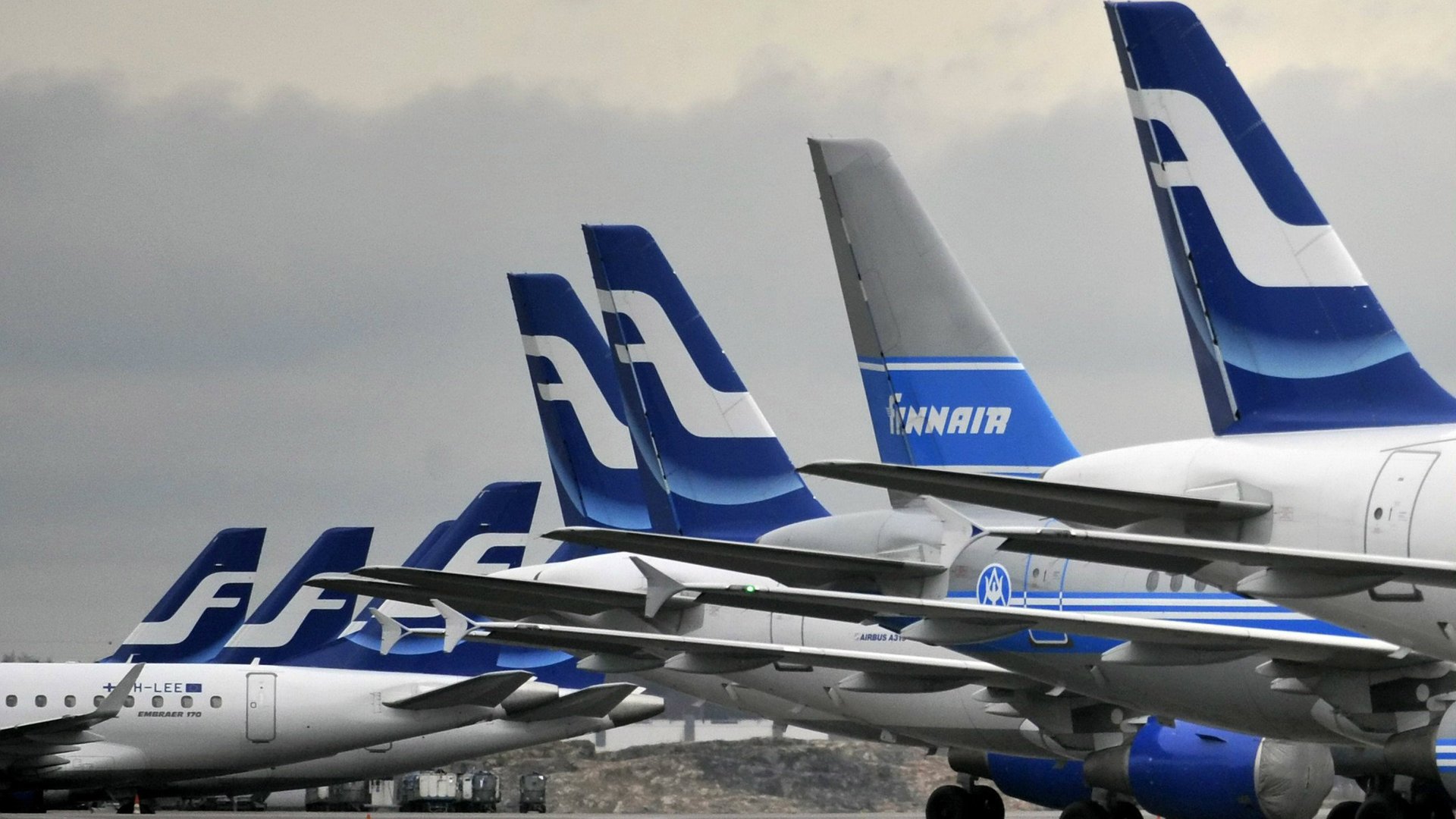Male business class passengers are a heavier burden on airlines than females
During November, Finland’s national carrier, Finnair, began asking passengers departing from Helsinki airport to voluntarily step on scales before boarding their flight.


During November, Finland’s national carrier, Finnair, began asking passengers departing from Helsinki airport to voluntarily step on scales before boarding their flight.
The reason behind the effort is not what you might assume. Unlike other airline’s fraught attempts to charge fares based on price per kilogram or pound, Finnair was doing so to get a more accurate understanding of their payloads, or the combined weight of baggage and passengers.
Though airlines can accurately calculate the weight of baggage, cargo, and other onboard equipment, predicting passenger load involves a fair bit of guesswork. The European Aviation Safety Agency provides overall guidance for estimating passenger weight based on gender and age, but the actual data upon which this guidance is based (which was issued in 2009) has some surprising quirks—and a not-insignificant amount of variance.
For example, if most of the passengers on a flight are men flying on a British Airways flight for a business trip in January, the plane will be a lot heavier, than if it’s full of women flying to a beach getaway on a Ryanair flight in July. This is because business travelers tend to weigh more than leisure travelers (7 kg, or roughly 15 lbs, heavier), winter loads are higher than summer loads thanks to all those winter coats (7 kg heavier), women weigh less than men (17 kg lighter), and budget carriers have lighter loads than other airline types (2.5 kg lighter).
🎧 For more intel on digital currency, listen to the Quartz Obsession podcast episode on flying business class. Or subscribe via: Apple Podcasts | Spotify | Google | Stitcher.
When it comes to those lucky few who turn left when they board the airplane, the passenger’s gender determines if they will be a relief or a burden to the payload: “Male passengers, traveling first class or business class tend to weigh slightly more (1.1 kg) than the average male passenger. For female passengers the opposite is the case. Female passengers traveling first class or business class tend to weigh slightly less (-0.3 kg) than the average female passenger.”
In the never-ending mission to trim the cost of flying from point A to B, Finnair seems to recognize that relying on averages, rather than in-flight realities, isn’t sustainable. Meanwhile, passengers might need to start getting used the idea that the weight of their baggage isn’t the only burden they present to an airline.